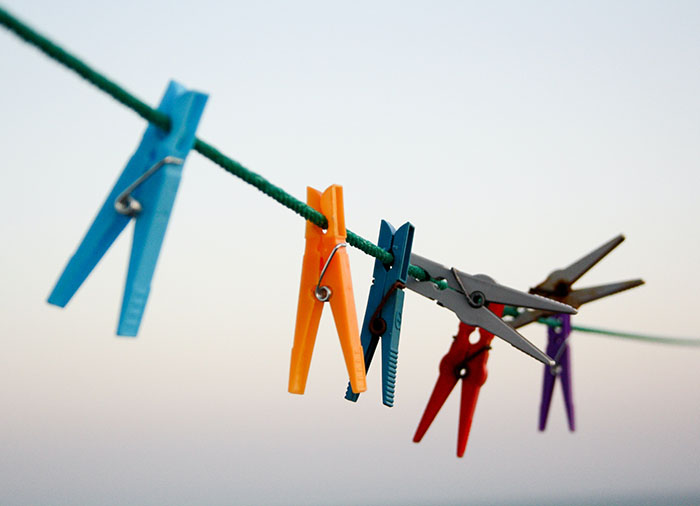#MoveTheDate
1.3
Days
If household dryer usage was reduced by 75%, it would move Earth Overshoot Day by 1.3 days.
What is the solution?
Eliminate the use of energy-consuming clothes dryers by air-drying clothes on racks, clotheslines, or hangers.
This solution improves our resource security in the energy category.
How does it #MoveTheDate?
The energy used to power clothes dryers makes up a significant part of residential energy use, even though only a minority of global households have dryers. Therefore, global residential energy consumption can be sizably reduced by air-drying laundry.
How is it scalable?
As the global middle class expands, the hunger for appliances will inevitably increase. Given the prevalence of driers among affluent households, there is great potential to save energy by helping enhance people’s experience while reducing their use of driers.
What is the solution?
Eliminate the use of energy-consuming clothes dryers by air-drying clothes on racks, clotheslines, or hangers.
This solution improves our resource security in the energy category.
How does it #MoveTheDate?
The energy used to power clothes dryers makes up a significant part of residential energy use, even though only a minority of global households have dryers. Therefore, global residential energy consumption can be sizably reduced by air-drying laundry.
How is it scalable?
As the global middle class expands, the hunger for appliances will inevitably increase. Given the prevalence of driers among affluent households, there is great potential to save energy by helping enhance people’s experience while reducing their use of driers.

Using the sun to dry clothes has many benefits beyond saving electric or fossil fuel energy. Sunlight helps to bleach without pollution and disinfect without irritants. Plus, hanging laundry outside can give us one more opportunity to get outside and move which is good for our mood– particularly among the demographic that pay gym trainers to tell them to squat and stretch (most people in this category also have dryers in their homes).
Being able to air-dry clothes requires space to hang them, and also good weather. Sometimes we can hang the clothes indoors, particularly when houses are heated and because the air is dry. In cold and humid areas, where air-drying is more problematic, dryers may continue to be needed.
Drying clothes on clothes lines is not just a personal choice, but has been shaped by public policy decisions. For example, there are bylaws in some modern suburbs that discourage or even prohibit laundry drying. Some consider such activities to be eyesores or not classy, thereby depreciating, in their mind, the value of the houses. At the same time, many tourists who visit the Mediterranean are enchanted walking through cities with clothes lines stretching across streets, filled with colorful laundry waving in the wind. There are even indoor shopping malls that imitate this feeling by decorating “mediterranean food corners with artificial clothes lines.”
Studies show that in households with dryers, laundry activities make up approximately 18% of total residential energy consumption, 71% of which is from the dryer. [Energy and carbon impact from residential laundry in the United States (tandfonline.com) ]
There’s no benefit in waiting!
Acting now puts you at a strategic advantage in a world increasingly defined by ecological overshoot. Countless solutions exist that #MoveTheDate. They’re creative, economically viable, and ready to deploy at scale. With them, we can make ourselves more resilient and #MoveTheDate of Earth Overshoot Day. If we move the date 6 days each year, humanity can be out of overshoot before 2050.
